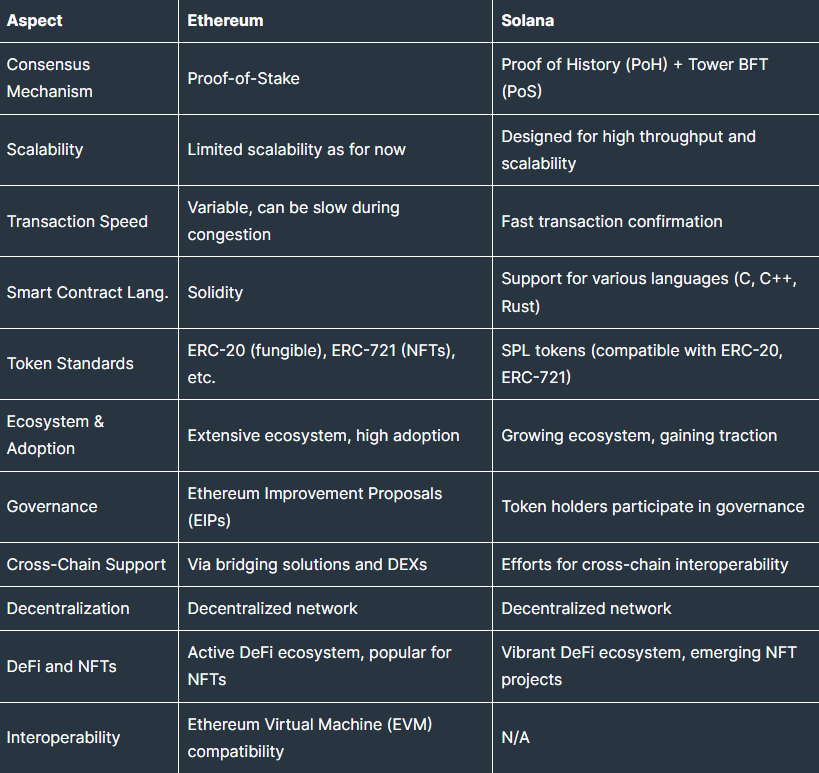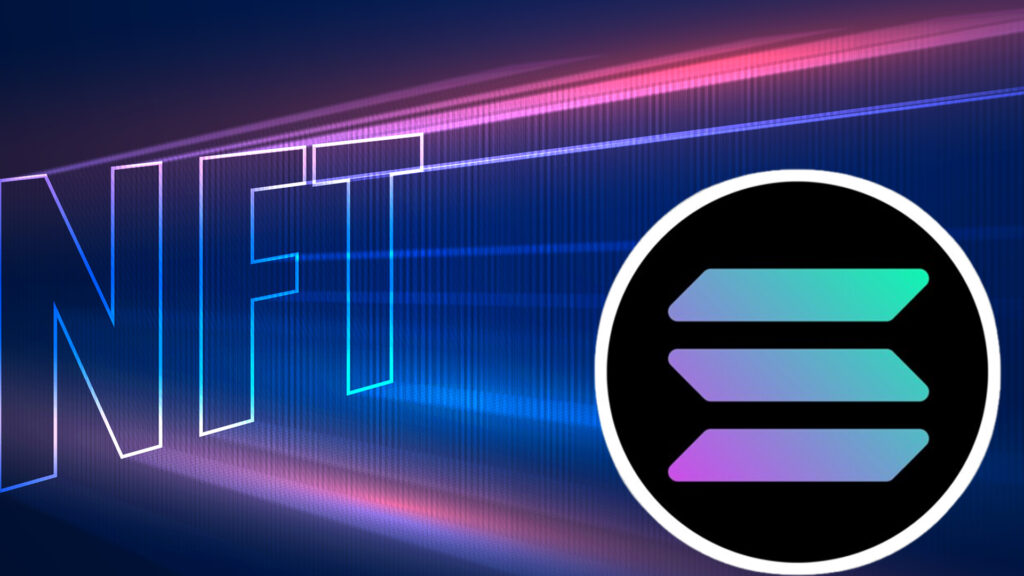Solana with its high-performance infrastructure and low transaction fees is establishing itself as the leading blockchain for becoming the second largest NFT ecosystem after Ethereum in terms of transaction volume. This article provides an overview of the Solana NFT space, Ethereum’s biggest competitor.
What is Solana?
In theory, typically a blockchain can only optimize for two of three concepts: Decentralization; Scalability; Confidentiality.
Since 2016, layer 1 blockchain projects have endeavored to solve this problem by creating chains that can continuously maintain both levels of decentralization, trustworthiness as well as scalability.
Solana is one of the networks introducing a hybrid consensus model that integrates a new PoH (Proof of History) algorithm with PoS (Proof of Stake), giving the network competitiveness on par with rival TradFi payment processors such as Visa. It represents a blockchain project that is scalable according to world demand. In terms of traffic, Ethereum averages 13 transactions per second, while Solana has a theoretical circulation of 65,000 transactions per second. Solana is said to have sacrificed decentralization for scalability, but this is a core factor driving the network’s popularity because greater scalability equates to faster transactions at lower costs.
Solana has become so famous that part of the community operating on the Ethereum network switched to this blockchain because of its low gas fees and low congestion. The leading and most important growth area is NFTs (an offshoot that was once underappreciated by Solana).
What are Solana NFTs?
NFT (Non-Fungible Token) is a type of blockchain-based smart contract that verifies ownership. The encrypted content and metadata contained therein are unique and therefore irreplaceable. NFTs are unique, individual, so the latter cannot exist (however it does not apply to all types of NFTs typically ERC-1155). Based on the basic theory, a Solana NFT is simply an NFT created on the Solana blockchain.
How do Solana NFTs work?
Solana differs from the majority of alternative layer projects in that it is not compatible with EVM (Ethereum Virtual Machine). Solana uses the unique coding language Rust, as opposed to Solidity on ETH, and has a different token standard.
Solana’s hybrid consensus mechanism is designed with confidence in mass adoption, so speed and scalability are at its heart.
The core of any blockchain in existence also consists of four main elements: Peer-to-peer network, Cryptography, Consensus algorithm, Penalties, and Rewards. To deliver incredible traffic throughput, Solana combines PoS and PoH:
- Proof of Stake – a method that allows nodes on the network to commit tokens for a period of time in exchange for a chosen chance to become a validator who validates the next block of transactions and earns rewards.
- Proof of History – a method of time verification without the usual timestamp.
Solana’s blockchain is divided into time periods, locations, and intervals during which each leader makes transactions and creates a block. All Solana events and transactions are hashed using the SHA256 hash function, which takes inputs and produces unique outputs and is extremely difficult to predict. Solana takes the output of one transaction and uses it as input to the next hash, so the order of transactions is continuously integrated into the hashed output. Because this special ability offers high throughput and low fees, Solana is the perfect choice for NFTs of all shapes and sizes.
Comparing Solana’s appeal to Ethereum
The Ethereum network still dominates in terms of total volume, but Solana is rapidly closing the gap. The Solana blockchain, thanks to its improved scalability, sees more and more creators minting their NFTs on the blockchain, and judging by trends, Solana also attracts lower-cap market participants.

Currently, Ethereum continues to dominate the NFT space ranked by the largest total volume of all time, with NFT sales of approximately $43.7 billion while Solana recorded just over $4.1 billion. However, the average daily transaction volume at both chains is currently quite equal to approximately 32 thousand transactions. In particular, on July 1, 2023, Solana surpassed Ethereum in sales for the first time with $24.2 million as Ethereum sales reached $21.2 million.

How do I buy a Solana NFT?
Buying an NFT on the Solana blockchain is quite as simple as it is on Ethereum
Wallet for Solana NFTs
Users have several browser options or mobile-based app wallets that support Solana. The current popular choice is Phantom or Backpack. Similar to Metamask, these two wallets will give you a secret recovery phrase, to create a wallet simply save this phrase in a safe place. After that, you can transfer the $SOL into trading gas as usual.
Solana NFTs Exchange
Ethereum remains the world’s most popular blockchain. Most of the most popular NFT exchanges operate there. However, as mentioned earlier, user preferences are changing rapidly due to energy consumption, transaction speed, and the hefty fees that need to be paid when using Ethereum. As a result, NFT exchanges on Solana are hotter than ever, and major platforms like OpenSea add Solana integrations. Other popular names include Magic Eden, SolSea, and Solanart.
Top NFT sets on Solana
Solana Monkey Business (SMB)
An army of 5000 pixel monkeys represents the most influential DAO organization in the NFT community on Solana today following the passing of DeGods. Solana Monkey Business has experienced many ups and downs to now reach the highest capitalization in the NFT Sol market with the ideal of “Reject humanity, return to monke”. The collection includes 3 distinct NFT versions:
- Gen 1: Supply 4. Gen 1 will have the privilege of earning royalties from all Gen 2 purchases.
- Gen 2: Supply 5000. Gen 2 created MonkeDAO, Solana’s first DAO NFT. MonkeyDAO regularly organizes events and initiates innovation projects for its members – with an emphasis on community.
- Gen 3: Supply 15000. Updating…
Mad Lads
An emerging set of PFPs has been making waves in the NFT community on Solana. Mad Lads is the collection of Backpack (the cryptocurrency wallet on Solana) with a classic art style, with characters wearing costumes from the 19th and 20th centuries.
Mad Lads appeared to introduce the community to a whole new concept xNFT (Executable NFT) or Executable NFT. xNFT is a hybrid form of web3 app – not just a mere app, nor just a website. xNFTs contain “lines of coded code that represent ownership over its execution.” xNFT collectibles will help unlock a new method of profiting by distributing software.
Following its launch, Mad Lads contributed to pushing Solana NFT’s trading volume past $10 million, the highest since January 8, 2023. This record number was last seen in May 2022.
Degenerate Ape Academy
An NFT collection also carries a monkey theme. It also grants access to Degen DAOO giving owners endless creativity with content from the project.
Aurory
Aurory is a play-to-earn game that takes place in the world of Antik and Tokané. This Japanese-style role-playing game features magical creatures called Nefties, which can be hatched, evolved, fought, and traded. Auory represents a great starting point to help gamers gain exposure to Web 3 while also providing exciting gameplay to its users.
The Future of Solana NFTs
Ethereum and Solana are two blockchains that are being discussed when talking about the future of NFTs.
Ethereum possesses the leading edge and contains the most desired NFT collectibles. However, Solana is starting to open up the NFT space to a wider audience and with lower gas fees, attracting more engagement and participation than the Ethereum network. Given that most NFT transactions are worth less than $200, Solana’s grassroots approach could surpass Ethereum in certain factors. Ethereum’s role in the NFT space will be geared towards stores of value. In contrast, Solana has, to some extent, become a hotspot for trading, newer collections for creators who want easy access to global markets. If NFTs on Ethereum belong to the category of luxury assets, then on Solana successfully reach ordinary users. Therefore, the development potential of the NFT space on Solana is currently very positive.






